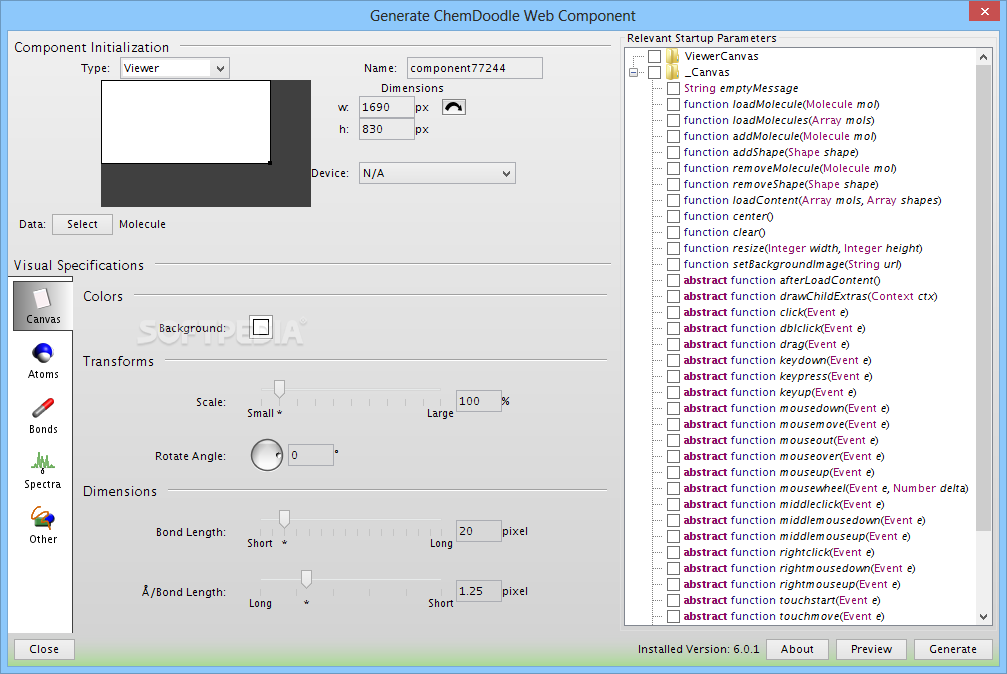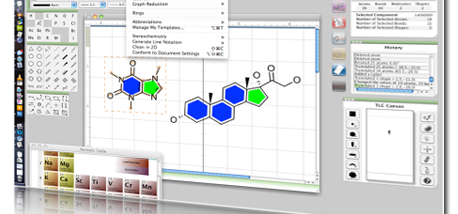

When we tell the AnimatorCanvas class to repaint every 33ms, it will try to achieve this as closely as possible. To adequately describe the nextFrame() function, we need to briefly discuss animation theory. Lastly there is an abstract function that needs to be defined in all children of AnimatorCanvas, called nextFrame(). There is also a function, AnimatorCanvas.isRunning(), that will return true if the animation is currently running and false otherwise. There are two control functions, AnimatorCanvas.startAnimation() and AnimatorCanvas.stopAnimation() that simply just start and stop the animation, respectively. This value is set to 33ms by default, which specifies that the component attempt to achieve a repaint every 33ms, or a framerate of about 30fps. There is one control variable, AnimatorCanvas.timeout, that defines the number of milliseconds between frame repaints, and will define a general framerate. Let's begin by analyzing the variables of the AnimatorCanvas class. Extending canvases is discussed on the last page, and if you have not reviewed it yet, now is a good time to do so.

To create your own animations, all you have to do is extend the AnimatorCanvas class. The AnimatorCanvas class implements the necessary framework to produce high quality animations. Well, no worries, the ChemDoodle Web Components library contains an abstract AnimatorCanvas class that already handles this all for you! You can already see the ChemDoodle Web Components' animation framework in motion with the RotatorCanvas class.

You need to implement a timer, and keep track of the elapsed time between frames as well as put together a framework to handle the animation. Animations are very difficult to program.


 0 kommentar(er)
0 kommentar(er)
